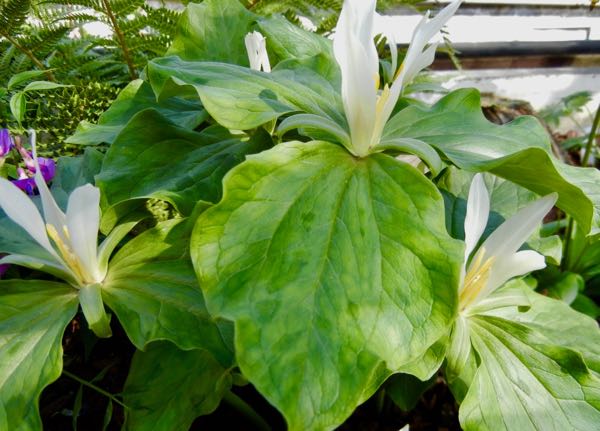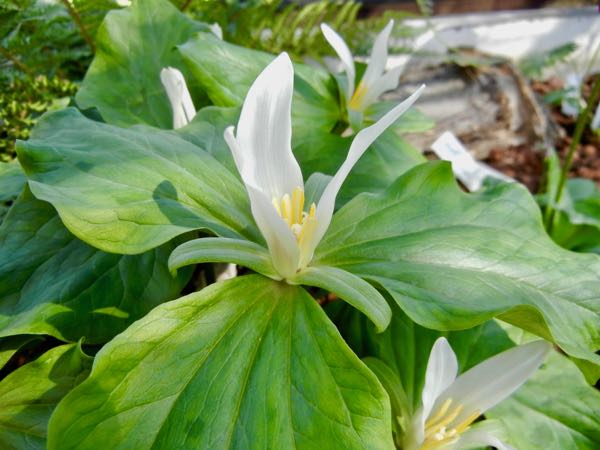Trillium ovatum: The Enchanting Pacific Trillium
Trillium ovatum, part of the Melanthiaceae family, is a captivating herbaceous perennial native to North America. Commonly known as Pacific Trillium, Western Trillium, Western White Trillium, Western Wake Robin, or Western Wakerobin, this species showcases its unique beauty in various regions. The name “ovatum” refers to the shape of its petals, resembling an egg.
Trillium ovatum is the most widespread Trillium species in North America, predominantly found along the west coast. It exhibits remarkable adaptability, thriving in diverse habitats, with sightings reported as far inland as Colorado. Meriwether Lewis of the famed Lewis and Clark Expedition first observed this species in 1806, highlighting its historical significance.
With a height of up to 50cm or 20 inches, Trillium ovatum features ovate-rhombic leaves measuring around 5 inches or 12cm in length. The flowers start as pristine white but may gradually develop a delicate pink hue as they age, adding a touch of charm to the plant. This trillium species primarily thrives in forested areas, gracing the understory with its elegant blooms. The flowering period typically spans from February to April, influenced by the plant’s specific location and environmental factors. Notably, Trillium ovatum undergoes intermittent periods of extended dormancy, which can last up to three or more years.

Cultivation Tips for Trillium ovatum:
Optimal Growing Conditions: Grow Trillium ovatum in partial shade, replicating its natural habitat. Choose humus-rich soil that is well-drained yet consistently moist, providing the ideal environment for its growth. Striking a balance between moisture retention and proper drainage is essential to prevent excessive dryness or waterlogging.
Propagation Methods: Trillium ovatum can be propagated through rhizomes or divisions. Carefully separate established rhizomes or divide clumps to create new plants and expand your Trillium ovatum collection.
Pest and Disease Management: Trillium ovatum is generally resilient against diseases and pests. However, occasional attention is required to protect the plants from slugs and snails that may nibble on the foliage. Implement organic pest control measures to effectively deter these unwanted visitors.
Embrace the enchantment of Trillium ovatum as it adds a touch of natural beauty to your garden. With its graceful presence and delicate blooms, this resilient perennial will captivate and impress. By adhering to the recommended cultivation practices, you can enjoy the splendor of Trillium ovatum for years to come, celebrating its historical significance and ecological importance.

Also, read about Trillium chloropetalum.



